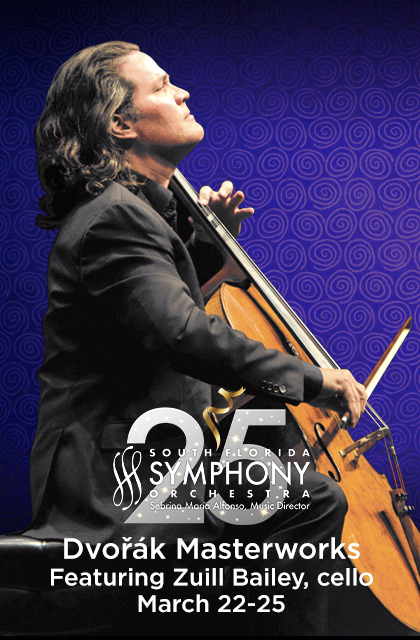
Johannes Brahms composed his Double Concerto during the summer of 1887 while living in a rented villa overlooking Lake Thun in Switzerland. The composer conducted his first performance in Cologne on October 18, 1887. The American premiere took place on January 5, 1889, in New York City.
By the date of the Double Concerto, Brahms considered himself an elder statesman of music, looking to the past rather than to the future. The Concerto has little of the virtuosic glitter of most Romantic concertos. Rather, it is introspective and subdued. There are no technical acrobatics for either of the two soloists, only the intensity of the themes and their development drive the work.
The idea of writing a concerto for more than one soloist was unfamiliar in the late nineteenth century, Clara Schumann suggested to Brahms that “surely this wonderful combination has never been tried before.” Brahms had faith that the cello and violin would fuse in an enhanced sonorous blend. Instead of finding the instruments’ huge, combined range unwieldy, Brahms creates a beautiful sonority of it, setting off the contrasting highs and lows with unflinching conviction. Throughout the concerto, solo as well as duo passages abound. Brahms begins the concerto with two cadenzas (each introduced by the orchestra), and while the first one, for cello, is long and expansive, the second, for violin, quickly turns into a duet with the cello. The whole first movement is an extended dialogue for two instruments so alike in design yet so very different in character.
The second movement, Andante, is a simple ABA form.. An opening horn call cues a generous, deep-voiced melody played by the soloists. It is one of Brahms’ most expansive melodies, a theme suffused with rhapsodic warmth. The two soloists have nothing more than long singing lines that interweave around each other. Brahms's command of color is so subtle and his orchestration so inventive that each repetition of the tune brings a sense of variation.
The third movement is both playful and humorous. It is part gypsy, part philosopher, part struggling demon, with the struggle ending at last in a major triumph in A major. Just before the end, a tender and almost wistful mood sweeps through the music. But Brahms had written this concerto in order to look ahead, and in the final page, so resolute and joyous, he never looks back.
Program note by Dr. Alan Mason
